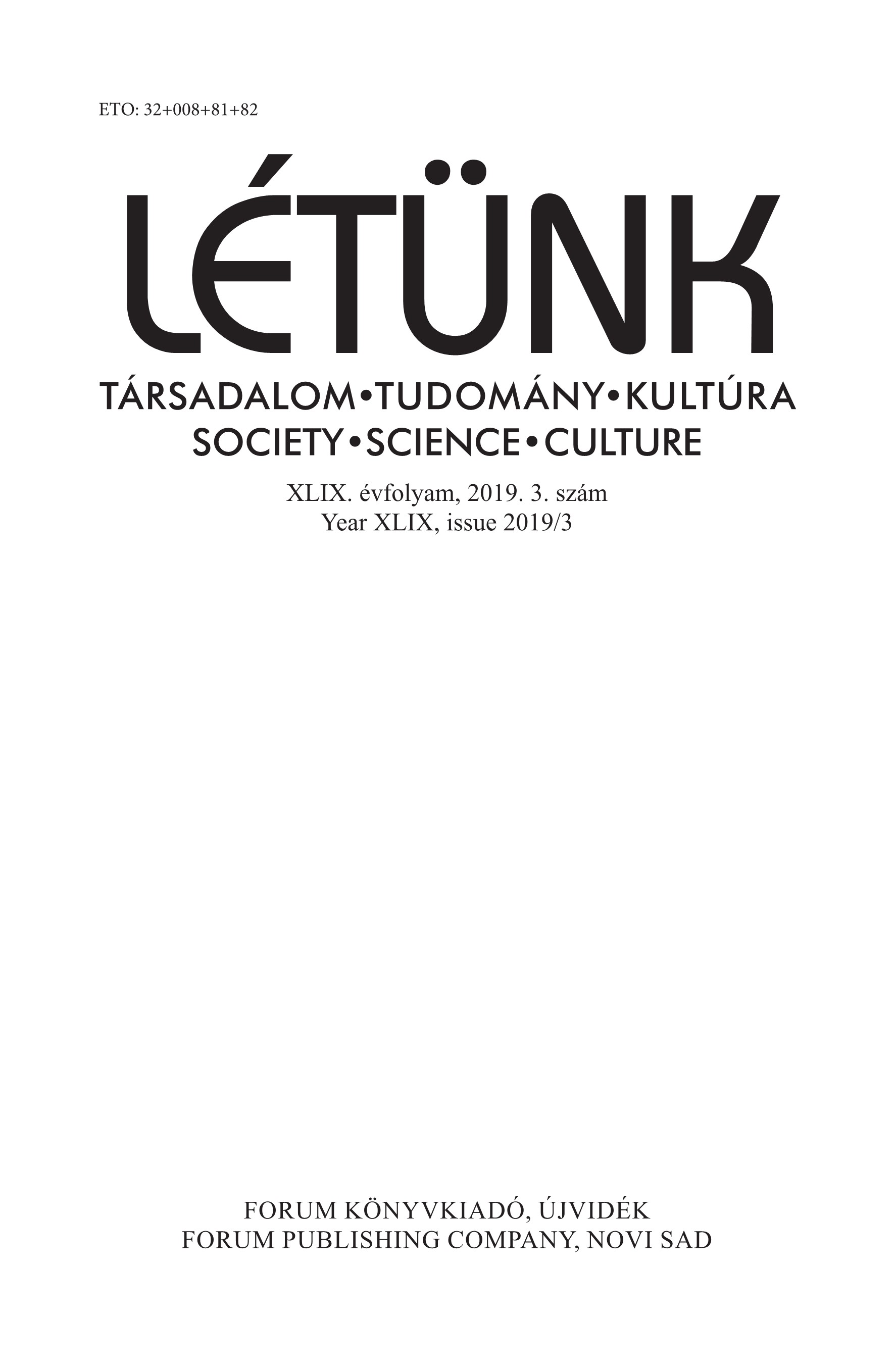Mikrourbanizmus és szabályozás – a Széchenyi lánchíd pesti hídfője
Micro-urbanism and regulation – the Pest side of the Széchenyi Chain Bridge
Author(s): Éva LovraSubject(s): 19th Century
Published by: Fórum Könyvkiadó Intézet
Keywords: Budapest; regulatory decrees; urban planning; micro-urbanism; urban morphology
Summary/Abstract: The period before the unification of Buda and Pest (1872–1873) already showed the possibility of unified urban planning. János Hild’s beautification plan for Pest (1805) contributed to the establishment of the Pest City Beautification Committee and gave the direction of urban development at the level of theoretical design. The plan of 1805 provided for the complete reconstruction of the present Széchenyi Square at the Chain Bridge on the Pest side, the widening of the Danube riverbank and its unification from the point of urban morphology (urban blocks). The implementation began in the first year of the work of the Beautification Committee in 1808 and was completed by the new closures (Platzwand) after the unification of Budapest (1873). The study presents the development of regulations, planning principles and their application in practice via an introduction to their history, but focusing on the beginnings and fulfillment of modern urban planning (the turn of the 19th and 20th centuries). Changes in the urban forms of Budapest were influenced by the ideas of the urban theorists of the era, though not necessarily consciously. These thoughts were somehow embodied in the urban planning rules of every city because the suddenly growing towns encountered the same problems at a certain point of their development. The contemporary thematic journals played a major role in the up to date presentation of the plans, regulations, principles, tenders. Those have also been the sites of professional criticism, proving that they had an impact on subsequent decision-making and that some parts of the draft proposals have been included in the urban plans. The scale change was not only the result of a development in building regulations for the entire city. Due to the height-to-width ratio, the street-widening made it possible to build taller buildings. Through the example of Széchenyi Square, besides the effect of the regulations on the cityscape and the urban morphology, we can also learn about the individual cases and the complex scale change.
Journal: Létünk
- Issue Year: XLIX/2019
- Issue No: 3
- Page Range: 59-84
- Page Count: 26
- Language: Hungarian

